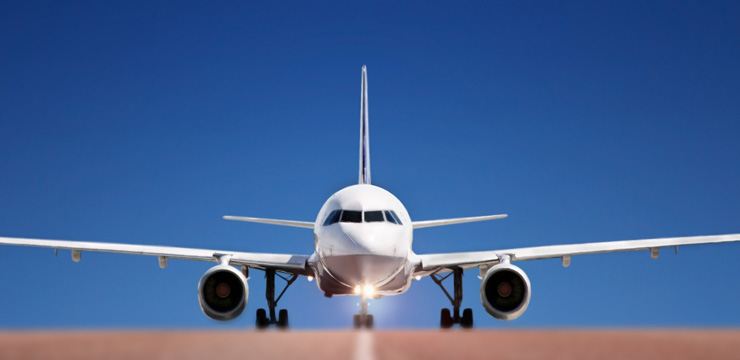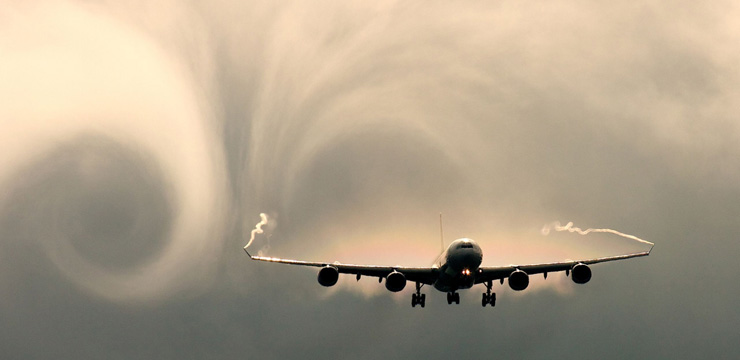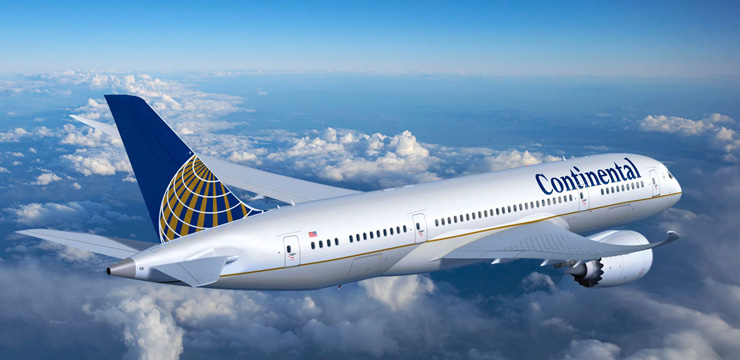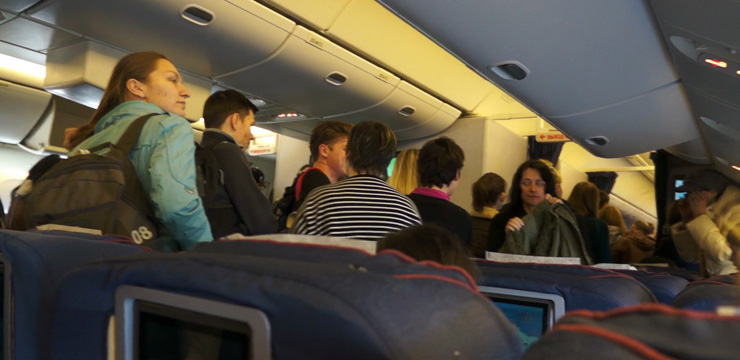
Rules of conduct and safety on board aircraft
Are you anxious because you are flying for the first time? Don’t you know why they ask to strap in and prohibit taking pictures in the airplane?
In this article I shall tell you in details about the basic rules of conduct on the board aircraft, I shall explain what various stewards’ requirements are related to and why it is so important to follow them; besides, I shall answer the question “What may you do and what you may not do in the airplane?”
Airplane crew

The head of any civil aircraft is the captain/aircraft commander (ACC in abbreviated form). ACC is individually responsible for everything what is happening on the board: for flight safety, for committing landing, takeoff, fuel draining in flight, baggage drop, emergency landing, etc.
According to legislation of the United States and other countries too, ACC has the right to give orders to any person, passenger or crew member on the board aircraft and also demand their executing.
If you do not execute orders you will have many problems with the police when landing. Second pilot helps the commander to fly the aircraft.
A brigade of stewards, flight attendants chaired by the purser comes to help you in the cabin. The purser is the assistant of ACC in the aircraft (AC) cabin.
Some passengers have wrong opinion about the role of stewardesses; they consider them to be something between waitresses or women of easy virtue, pardon for the expression.
Dear friends, stewardesses are responsible for your comfort during the flight and see the passengers to be served.
But, firstly, these are those people who ensure safe flight; they are always ready to help in case of emergency situation on board and to save your life in case of crash situation.
Their work is not an easy one, it is full of stresses, remember this, and, please, treat them with respect and smile.
Takeoff and landing of plane. What must a passenger do?

According to the statistics of all air accidents the large majority of emergencies accrue to takeoff and landing of the airplane. All these are connected with ground proximity and tight time for taking any important decisions.
Moreover, if on take off the airplane builds up speed, accelarates to a certain speed and moves away from the ground and the farther and upper it flies the safer it is, on landing the airplane closes with the ground, the speed gets down and this very moment is crucial.
What should a passenger do in this moment?
Just a simple thing – to follow the standard order of the cabin assistant:
Ladies and gentlemen, we are preparing for the takingoff and ask you to switch off all electronic devices, to take away the folding table,to arrange the back of seat vertically, to open the curtain at the window and to strap in tightly!
Now I shall tell in details what all these are in aid of and why it is VERY IMPORTANT to satisfy this request.
- Switching off the mobile phones in the airplane
There is an opinion that the devices sending and taking high-frequency signal may have an influence on flight-navigation instruments and precision landing system of the airplane and also block the radiocommunication between the pilots and flight dispatchers. Is it so? Thereotically – it is.
Imagine a situation on take-off of the airplane, let’s say 1 km from the ground, when 300 mobile phones at once start searching for network where there is not any.
There may be a mash because of magnetic field. And if there hasn’t been incidents till now, it doesn’t mean that there are no probabilities of their occurance.
That is why, take the responsiblity, switch off the mobile phones or shift them into “Aircraft mode”. Play it safe.
- The back of seats vertically
In case of emergency the lowered back of your seat may block the pass for passengers sitting behind you.
- Strap in, to take away the folding table
In case of emergency braking, heavy touchdown or rejected takeoff, you may be unable to sit in your place and fall ahead in the cabin or you may hit your head against the folding table.
Also, it is recommended not to have any heavy objects in your hands during the takeoff and landing. You will not be able to hold it, thus this object may slip from your hand and hit other passengers. Photo and video filming are also forbidden at this stage of flight.
- to open the curtains at the window
Firstly, it is related to the light difference outside and inside of the airplane. If there is little light in the cabin but the sun shines brightly outside then on emergency evacuation a short blindness is guaranteed.
The same thing happens when there is much light in the cabin but it is night outside. That’s why on night flights whilst landing the light is brought down in order the eyes get used to.
Secondly, in the case of emergency situation, for instance, if engine fire occurs the passenger can see this and inform the cabin attendant.
- it is not recommended to listen to the music in the earphones
If you use in-flight entertainment it swithces off on takingoff and landing, it is because the passenger may catch a break and not hear an important information and cabin attendant’s orders.
Climb and descent. Turbulence and air holes

On climbing and descending the airplane passes through the fisrt layer of our atmosphere – troposphere. It is such a sphere where there are strong turbulent wind flows, where different types of clouds, cyclones and anticyclones develop. Just in this stage of flight you may feel turbulence best of all. What does it mean and what should be done?
This means that getting into vortical turbulent flow the airplane may rock and go up and down, right and left. Using pilots’ slang “turbulence” is just a “bumpiness”.
Sometimes such a trembles can be very heavy and continuous, especially when the flight is performed in rough weather: storms, fog, intense clouded sky, wind and so on. In this case, the captain of aircraft or the purser announces that the plane has got into zone of heavy turbulence and asks everybody to take seats and strap in.
Don’t feel alarm in this situation, even when it shakes heavily and looking through the window it seems that wings will just fall off from vibration. It is an ordinal practice that, more or less, all the aircrafts confront. You need just to take your seat, to strap and to wait out bumpiness.
The larger airplane is the less turbulence there is and vice versa.
As for the feeling that the wings will fall in a moment (I often confront this issue) – don’t worry, since the aviation began there weren’t such cases yet on production airplanes.
Wings are tested with heavier load, and wing rocking proves its right and normal work in the conditions of fluctuating loads and multifaceted pressure.
Level flight

When the aiplane has moven upwards, has reached flight level and flies in azimuth, this flight time is the most peaceful and pleasant.
Modern air liners fly in lower stratosphere, at 10-12 km. hight, high above the clouds, where actually there are weather minima, there are no birds, the ears do not pop and absolutely nothing bothers you.
You may stand up and stretch your sleeping limbs and do whatever you want on the board aircraft: to sleep, to eat, to work, to watch films, to listen to the music, to play on the laptop, to read.
Generally speaking, relax and enjoy the flight.
Although sometimes in level flight you feel turbulence, especcially, it refers to the flights over the Atlantic ocean.
If you are going to have a long flight take a book with you or a tablet, you may use in-flight entertainment system, the latest long-range airliners are equipped with personal screen for every passenger that provides a great variety of films, musical files and many other things.
Landing. Stopping. Taxiing.

I often notice that as soon as the airplane has landed, has stopped and has slown down movement, passengers jump up from their seats, open luggage compartments, take out bags and get prepared to go out.
It is a great problem for cabin attendants who have to make everyone take his or her seat.
It is quite clear why the passengers do that, may be it is a psycholgical phenomenon. Flight is always a little nervous for the majority of them. And they want to leave the airplane as soon as possible.
But you should not do that!!!
The airplane may move, turn quickly, stop. You should wait out for taxiing end till terminal or aircraft stand where airstairs will be brought, and till the time when there is availability of table “Strap in”, you should remain in your place.
Summing up, I will advise you to be polite, execute crew’s standard and ordinary orders, thus your flight will be safe and calm.
We hope that you will like flying. Have a soft landing!
